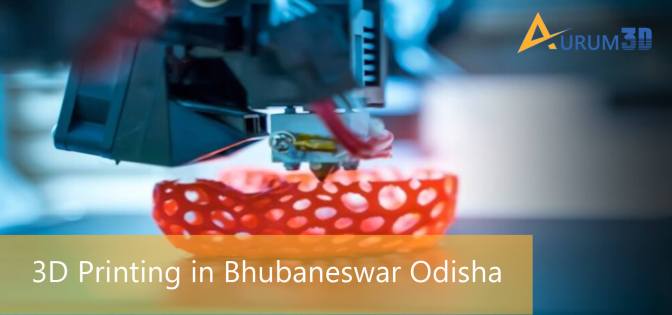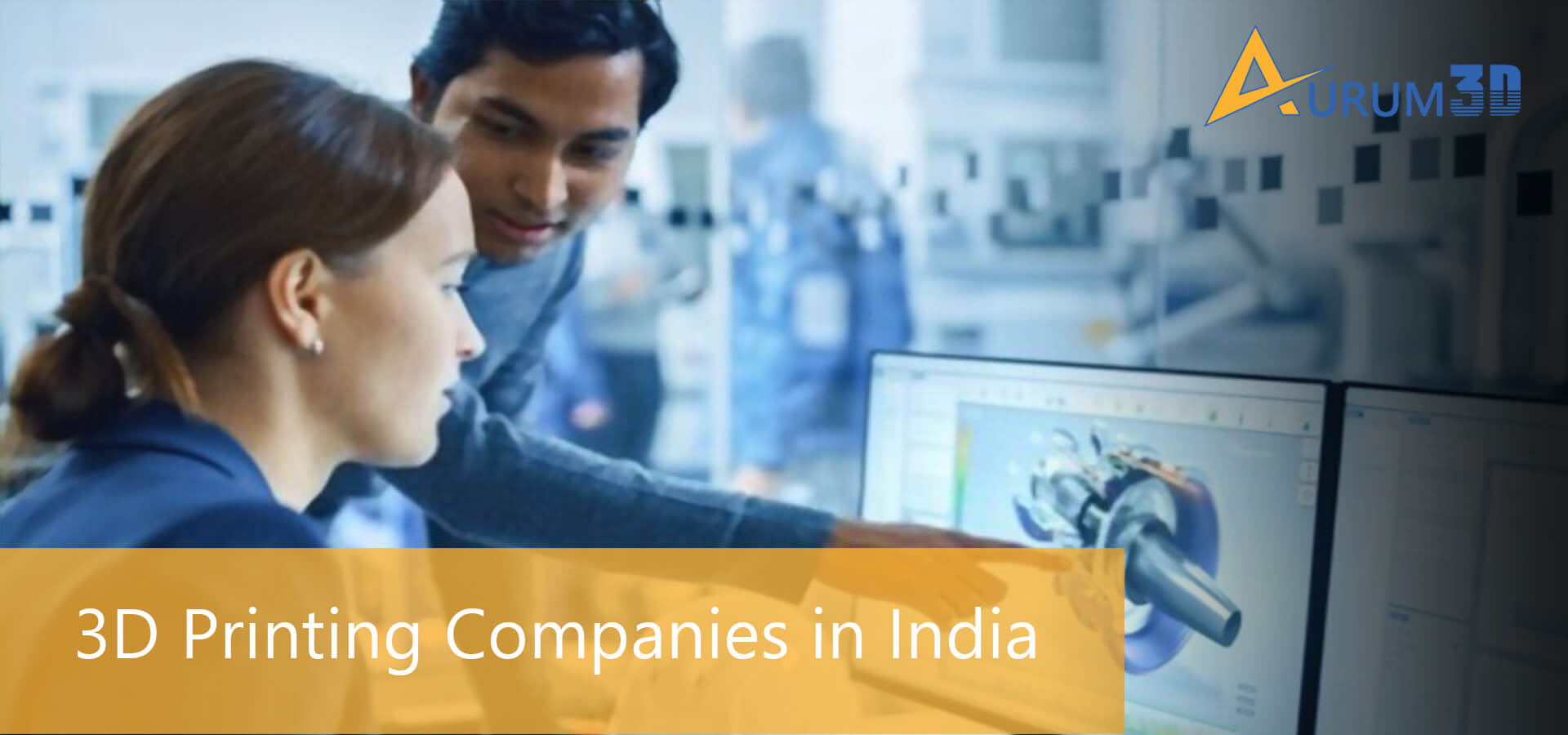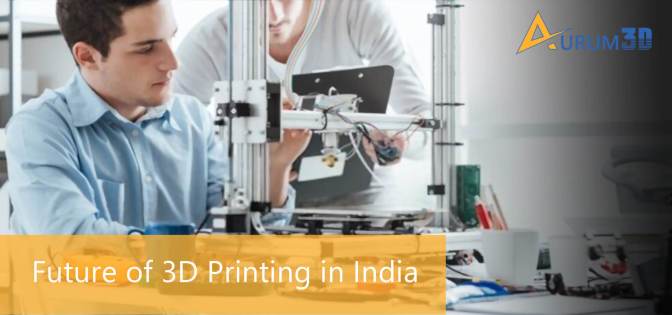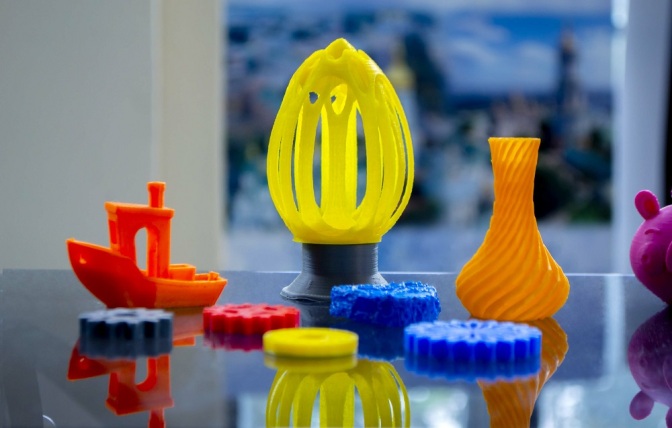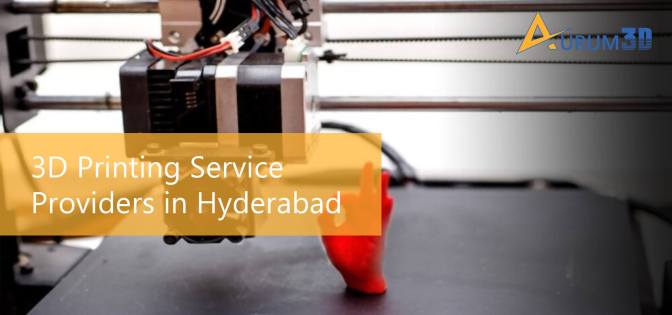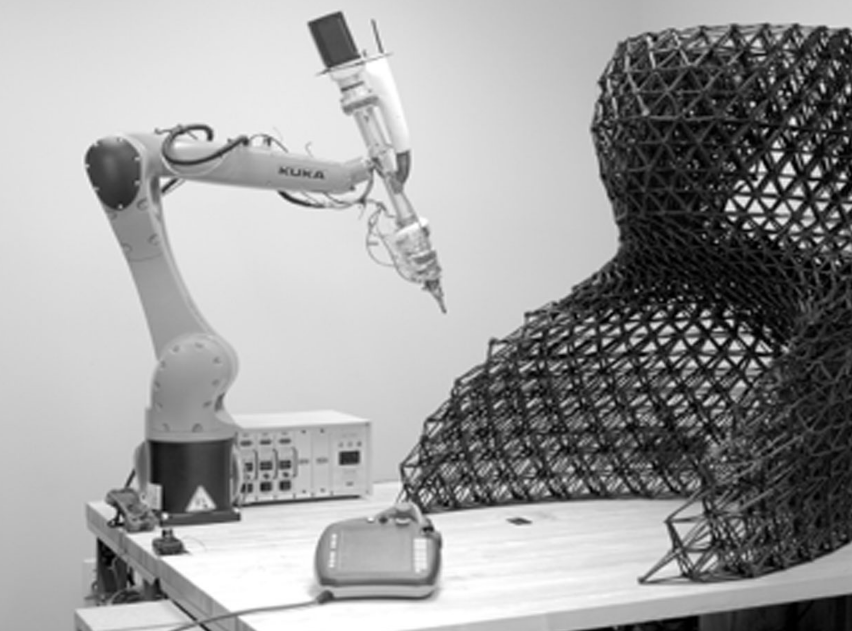3D printing or additive manufacturing
has been transforming various industries by facilitating rapid
prototyping, low-volume production, and manufacturing cost reduction. A
steady increase is being noted in the number of students, hobbyists, and
professionals using 3D printers to produce solid three-dimensional
items from digital models.
But
no person can 3D print an object, model, or part accurately and
precisely without combining the right 3D printing technology and
filament. Also, she needs to focus on three important stages in the 3D
printing process – pre-processing, building, and post-processing.
In
addition to supplying 3D printers and providing 3D printing services,
many companies passionately believe in popularizing 3D printing
technologies. They publish blogs regularly to make beginners and
enthusiasts familiar with various 3D printing technologies and materials.
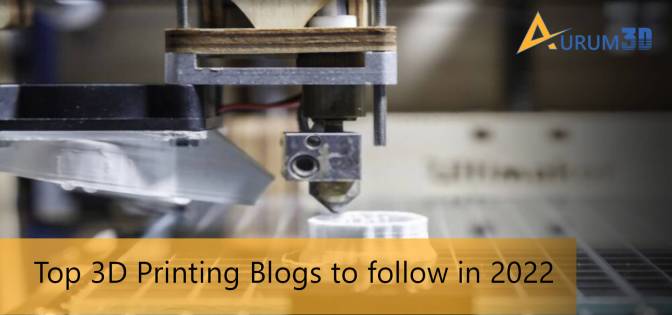
We
have shortlisted some of the top 3D printing blogs using multiple
parameters. The list of top 3D printing blogs will help beginners and
enthusiasts to understand widely used 3D printing technologies Also,
they can leverage the information to convert their innovative ideas into
three-dimensional objects by managing 3D printing projects
successfully.
Top 3D Printing Blogs Enthusiasts and Learners Should Follow in 2022
3D Printing Industry
The global media company has been publishing blogs regularly to make enthusiasts aware of 3D printing and 3D scanning technologies. The online resources created by 3D Printing Industry helps readers keep track of the latest development in 3D printing and 3D scanning. In addition to supporting a dedicated team of content writers, the company has been posting content created by external contributors. Hence, a reader can get updated information about 3D printing and 3D scanning technologies by following this popular 3D printing blog.
3DPrint.com
The dedicated news portal helps professionals and enthusiasts to access the latest news related to the 3D printing industry. A reader can follow 3DPrint.com to know the latest information related to 3D printing, 3D scanning, 3D software, and 3D filaments. Also, the news portal delivers hands-on information about various industries using 3D printing technologies. A subscriber can follow this 3D printing blog to access additive manufacturing industry news and stories on a regular basis.
3D-Print.today
The online news magazine delivers the latest news and up-to-date information about the 3D printing industry. It enables readers to get up-to-date 3D printing industry information in various forms – articles, blogs, videos, fresh news, and opinions. A reader can follow 3D-Print.today to get both detailed information and the latest news about various 3D printing technologies. Also, she can leverage the information to buy the right 3D printer and 3D printing filaments for various projects.
Develop 3D
A reader has the option to choose from both print and digital editions of Develop3D Magazine. The online magazine helps readers to access the latest news and updated information about 3D printing, additive manufacturing, and CAD. The readers can access the online edition of the magazine free of cost. Also, they can visit the website regularly to get news, reviews, features, opinion, and videos. They can further leverage the reviews written by seasoned professionals to make informed decisions while planning and managing 3D printing projects.
Aurum3D is one of the major 3D printing companies in Bangalore. The team at Aurum3D has expertise in providing 3D printing services to clients from many industries. Also, the professionals are passionate about making 3D printing technologies accessible to students, hobbyists, and enthusiasts. A reader can follow the popular 3D printingblos to understand the pros and cons of widely used 3D printing technologies. The blogs help readers to choose the right 3D printing technology and material for their projects. Also, readers can read the blogs regularly to track emerging 3D printing trends and learn new use cases being created across industries.
Tech Crunch
The online newspaper has built a reputation by publishing content related to technologies and entrepreneurship. Tech Crunch has been helping entrepreneurs and startups to leverage cutting-edge technologies like 3D printing by publishing blogs, newsletters, audio, and videos. An enthusiast can follow this popular 3D printing blog to access multi-format digital content created by experienced writers and contributors. The blogs posted on Tech Crunch help readers to differentiate between various 3D printing technologies and filaments based on varying project needs.
3D Platform
The 3D Platform has been popularizing additive manufacturing technologies by supplying 3D printers, accessories, spare parts, and spare parts. The professionals at 3D Platform aim to solve common 3D printing problems by publishing insightful blogs regularly. A reader can follow this blog to learn some of the widely used 3D printing technologies as well as common 3D printing problems. At the same time, these blogs help readers to buy the right 3D printer and use the 3D printer to produce a variety of items on their own.
3D Systems
In addition to providing 3D printing services, 3DSystems has been manufacturing 3D printers, 3D scanners, and 3D printing filaments. At the same time, 3DSystems is passionate about making enthusiasts and learners familiar with various 3D printing technologies. A reader can access the blogs published by 3DSystems to gather up-to-date information about specific 3D printing technologies as well as know the new use cases being created in specific industries. The blogs posted on 3DSystems are written by seasoned professionals in various languages. Hence, the blogs help readers to know the latest 3D printing news and trends in their preferred languages.
Simplify 3D
Simplify3D
has been simplifying the 3D printing process by providing sophisticated
slicing software. Many professionals leverage the slicing software to
provide 3D printers with the instructions required to produce solid
three-dimensional objects from digital files. In addition to updating
the slicing software regularly, Simiplify3D has been popularizing
additive manufacturing technologies by publishing blogs regularly. Both
professionals and learners can follow the Simplify3D Blog to access
learning resources, general news, and customer success stories.
3D printing technologies have been evolving consistently. Likewise, 3D printing trends
change at regular intervals. Beginners and enthusiasts can follow these
top 3D printing blogs to learn new 3D printing technologies and track
emerging 3D printing trends. However, they must find time to read the
blogs regularly to leverage 3D printing technologies fully. It is also
advisable for readers to keep their knowledge up to date by following
multiple 3D printing blogs.

